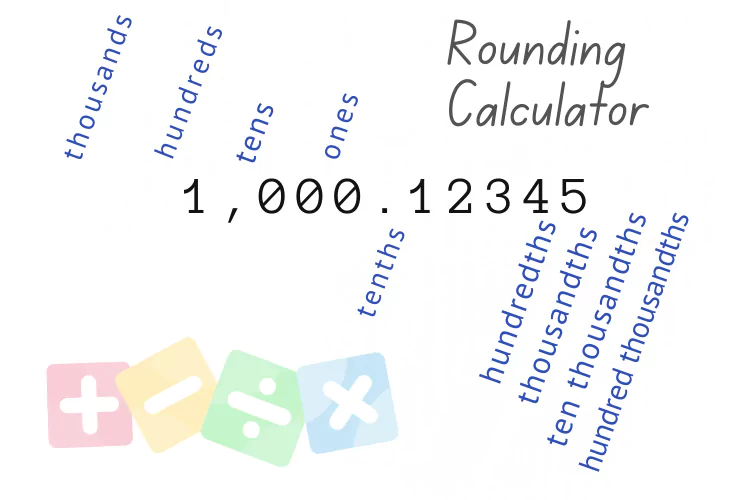When working with decimals in mathematics, precision is crucial. The number 0.1875 is a common decimal that often requires rounding to specific decimal places. Understanding how to round 0.1875 to the nearest ten thousandth as needed is an essential skill in mathematics, engineering, and various technical fields.
What Does “Nearest Ten Thousandth” Mean?
A ten thousandth represents the fourth digit after the decimal point in our number system. When we talk about rounding 0.1875 to the nearest ten thousandth as needed, we’re focusing on the fourth decimal place, which is extremely precise for most practical applications.
Breaking Down 0.1875
Let’s analyze the decimal 0.1875 digit by digit:
- First decimal place (tenths): 1
- Second decimal place (hundredths): 8
- Third decimal place (thousandths): 7
- Fourth decimal place (ten thousandths): 5
Rounding Process and Rules
When rounding 0.1875 to the nearest ten thousandth as needed, we follow these key principles:
- Look at the next digit after the rounding position
- If the digit is 5 or greater, round up
- If the digit is less than 5, round down
The Result of Rounding 0.1875
In the case of 0.1875, since we’re rounding to the nearest ten thousandth, we don’t need to perform any rounding at all. The number already has exactly four decimal places, and there are no additional digits to consider. Therefore, 0.1875 remains 0.1875 when rounded to the nearest ten thousandth.
Practical Applications
Understanding how to work with decimals like 0.1875 rounded to the nearest ten thousandth as needed is valuable in many real-world scenarios. This level of precision is often required in:
- Scientific calculations
- Engineering measurements
- Financial computations
- Computer programming
- Manufacturing specifications
Common Mistakes to Avoid
When dealing with decimal rounding, particularly with numbers like 0.1875, several common errors can occur. Being aware of these helps ensure accurate results in calculations and measurements.
Digital Tools for Rounding
Modern technology has made it easier to handle decimal rounding. Various calculators and software programs can automatically round 0.1875 to the nearest ten thousandth as needed, ensuring accuracy in calculations.
The Importance of Precision
In many fields, the ability to work with precise decimals is crucial. Whether you’re dealing with financial calculations, scientific measurements, or engineering specifications, understanding how to handle numbers like 0.1875 rounded to the nearest ten thousandth as needed is essential.
Teaching and Learning Strategies
Educators often use various methods to teach decimal rounding. When explaining how to round 0.1875 to the nearest ten thousandth as needed, visual aids and practical examples can be particularly effective.
Conclusion
Mastering the concept of rounding decimals, especially understanding 0.1875 rounded to the nearest ten thousandth as needed, is a fundamental mathematical skill. Whether you’re a student, professional, or simply someone who works with numbers, this knowledge forms the foundation for more advanced mathematical concepts and real-world applications.

Mark Thompson, a seasoned pest controller, is renowned for his expertise in keeping homes and businesses free from unwanted intruders. With a passion for environmental sustainability and a deep understanding of pest behavior, Mark has become a trusted authority in the industry.
